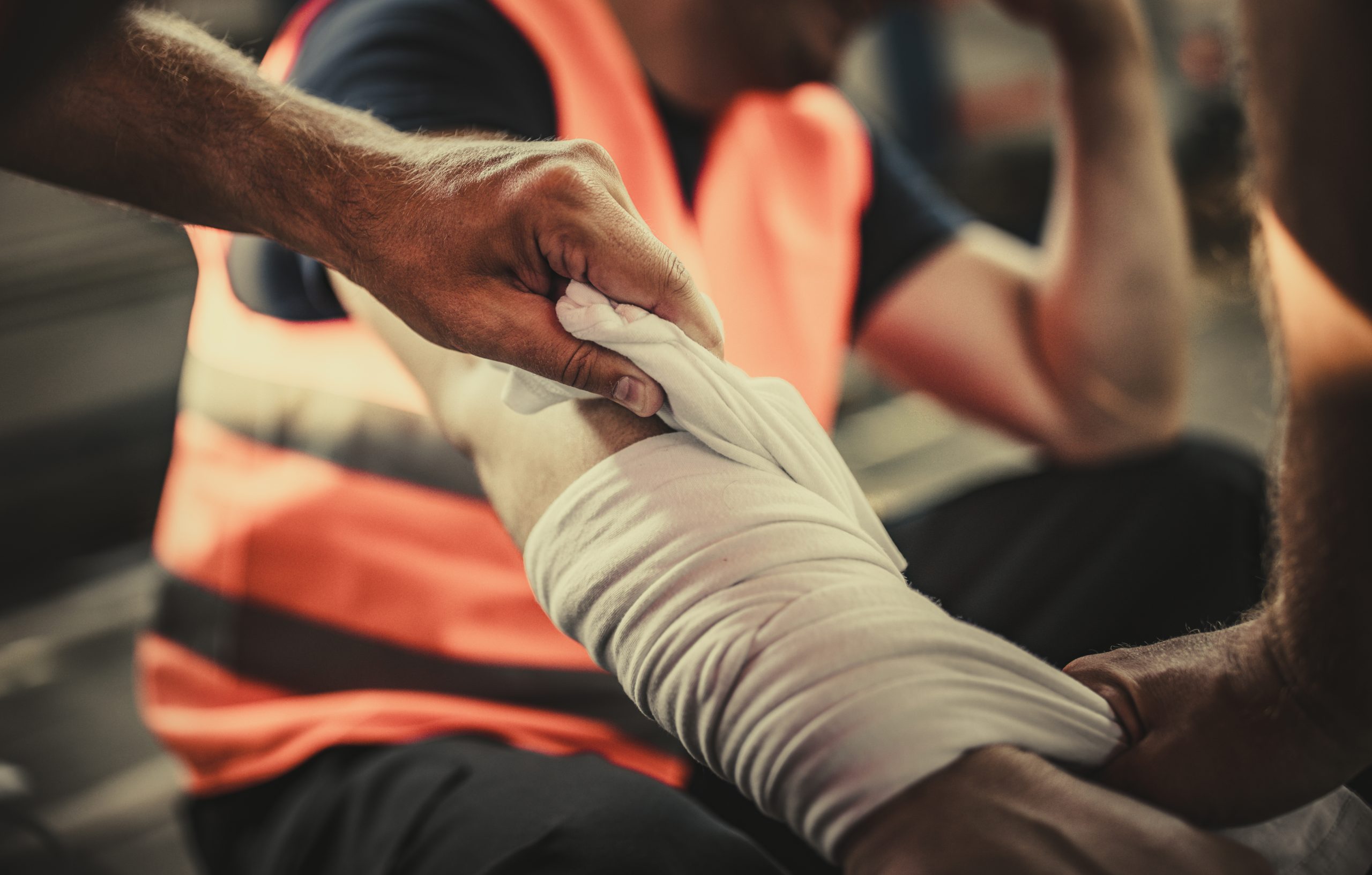Few companies strive to be average. It’s a poor business ideal that sets expectations too low to create year-over-year growth and profit. Because average is a static state. It doesn’t win awards, create momentum, or bolster prestige. And any company willing to settle for being average would have their commitment called into question. Yet many organizations feel content sitting at or near the industry average for workplace injuries.
Maintaining the industry average for workplace injuries technically allows a company to be OSHA compliant. It also allows many organizations to feel competitive in their respective field. But treating the industry average for injuries as the ideal sells employees and the organization short.
Average Isn’t Adequate
Being proud of being industry average is tacitly admitting that there is an acceptable level of employee injury and death in the workplace. Employees who choose to work for an organization agree to do so with a certain level of risk. But employers have a moral obligation to value employees’ lives and provide a safe environment in which to work.
Accepting the industry average as adequate is a disservice to the value of employees’ lives and livelihoods. There should be no rate of employee harm that is tolerable, and employers should not accept a set number of injuries that could be prevented.
There is also the financial cost beyond the moral and ethical considerations for workplace injuries. Each injury that is allowed is a financial burden the company is hoisting upon itself. Because an injury or death is more than just the act itself. It’s the sum total of the injury, the loss of product, the equipment cost, the production time lost, the emotional toll on the rest of the workforce, the time and money to hire replacements, and the potential costs of fines and investigations. All of these resources cost a significant amount of money. And the cost of these resources would be put to better use being proactive in the pursuit of zero workplace injuries.
Culture is the Tipping Point
Employers looking to get serious about reducing workplace injuries beyond the industry average need to evaluate their safety culture. Safety signage, equipment, and training are not enough on their own. These safety protocols are necessary, and will provide a framework for safety, but a safety culture is the determining factor in how those protocols get used.
A relaxed and haphazard safety culture leads to incidents such as employers ignoring proper protective equipment because they know they won’t be audited, or because other employees haven’t been reprimanded. A structured and functional safety culture produces employees with a greater respect for safety. This leads to employees willing to point out when a procedure could be safer or going out of their way to help another employee from being injured.
Adopting and investing in a culture of safety from the top down encourages employees to take safety more seriously. Company culture is molded by corporate leaders and employees respond to supervisors’ motivations. Executives who adopt a safety-first, zero-injury approach will set an example and drive the culture to be more safety focused. Investing in education and safety leadership development shows that company leadership takes their safety goals seriously, and provides tools to employees to do the same.
Companies committed to a true safety culture are working toward a workplace without injuries. And setting above-average goals allows those companies to set themselves apart from their industry peers. They are able to find better success with a more committed team and greater profit-margins from reduced safety expenses. Being better than average retains valued employees, who are invested in the company’s best interests, and creates a valued company that stands apart from the crowd.
Optimum Safety Management provides the information and services to help companies develop safety leaders and improve overall safety performance. For more information on how Optimum Safety Management can assist with your businesses’ safety needs, contact an expert today, or reach out via phone at 630-759-9908.
Continue reading safety blogs for more safety tips and insights








